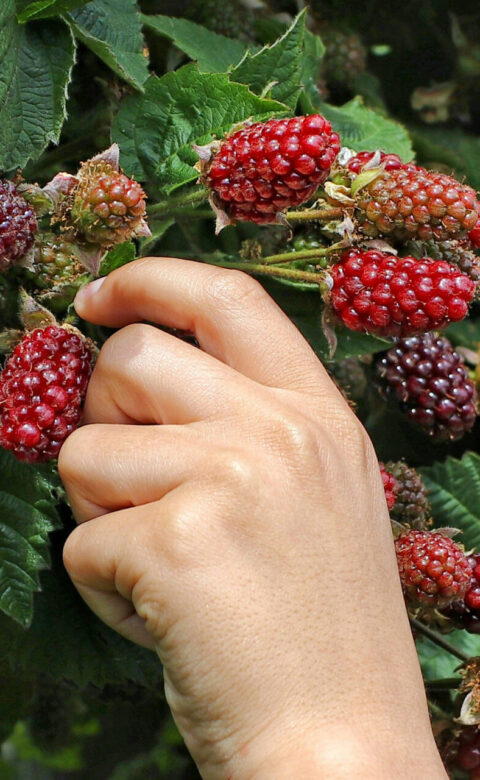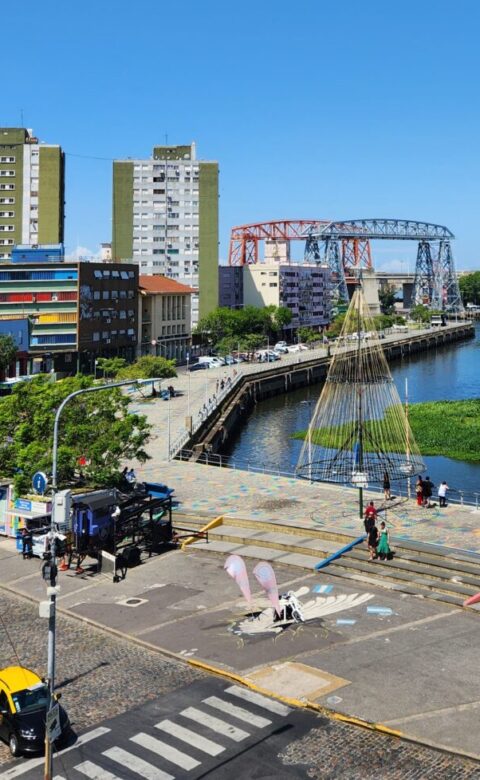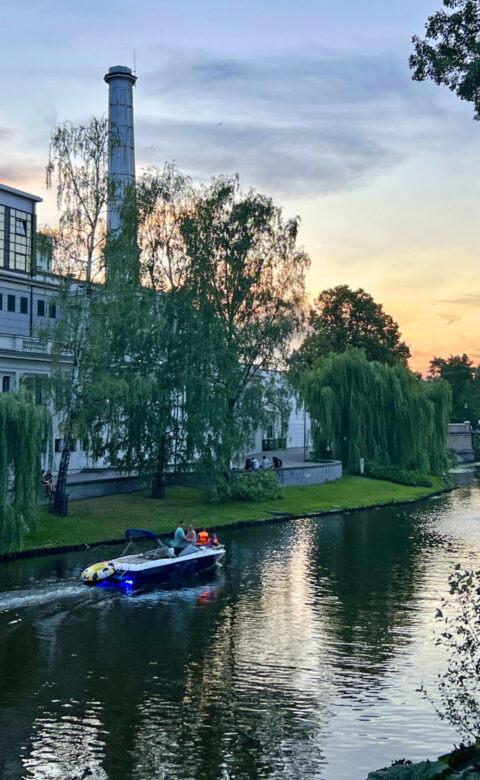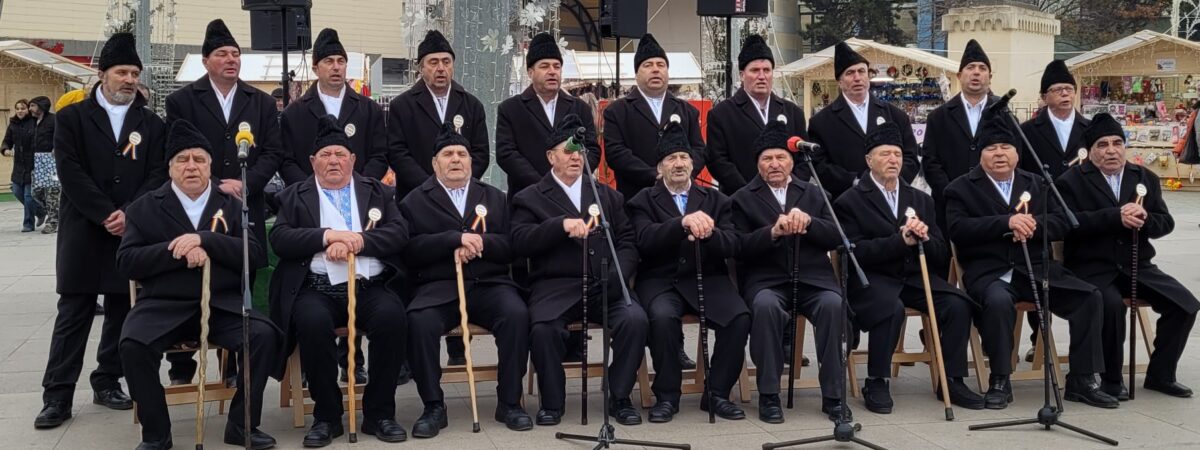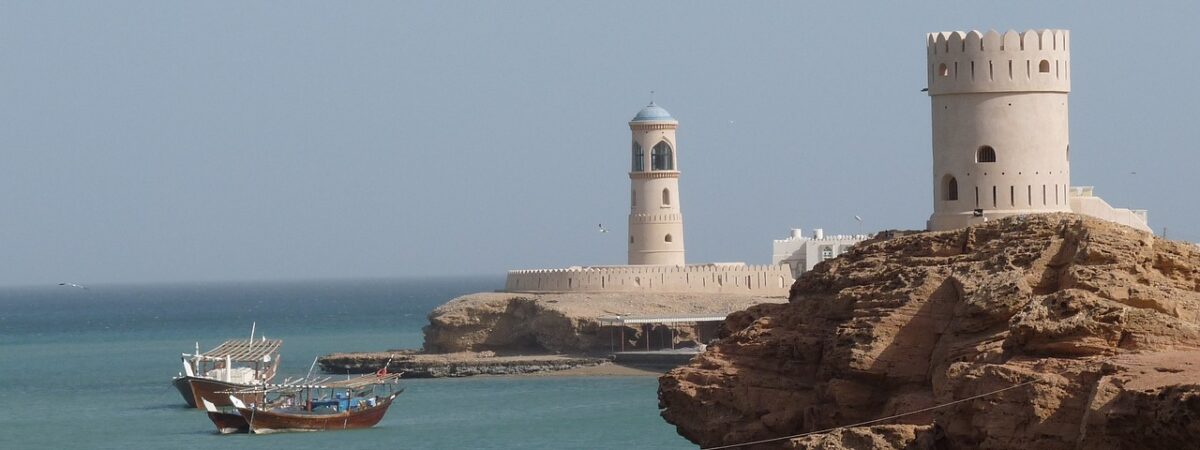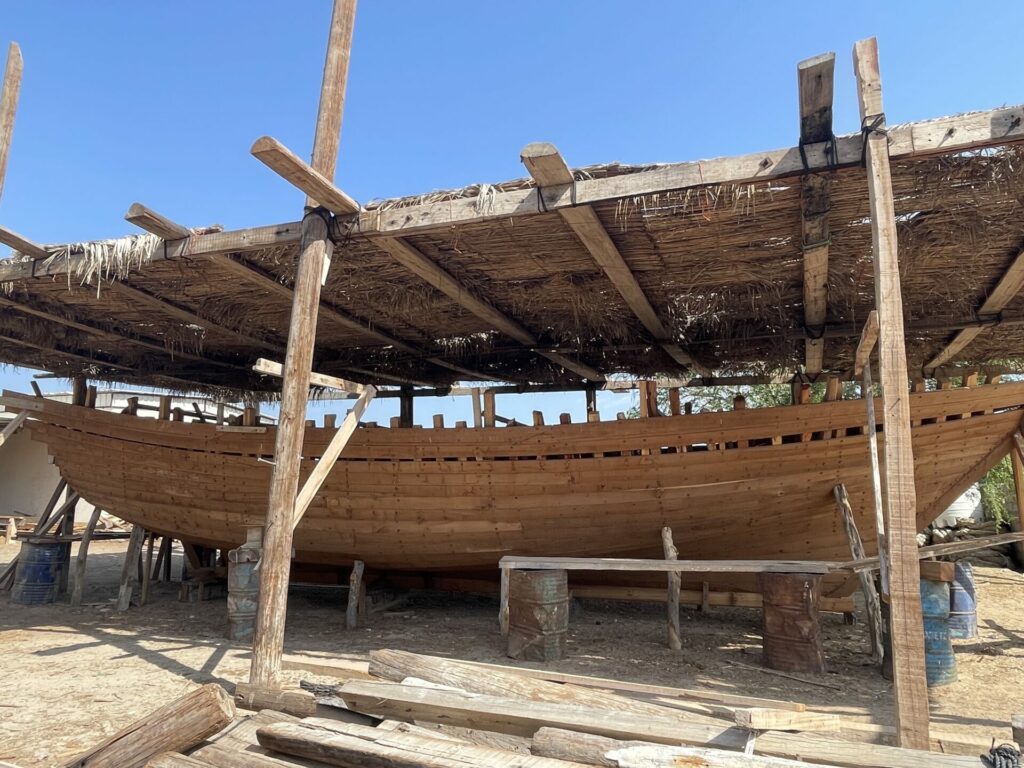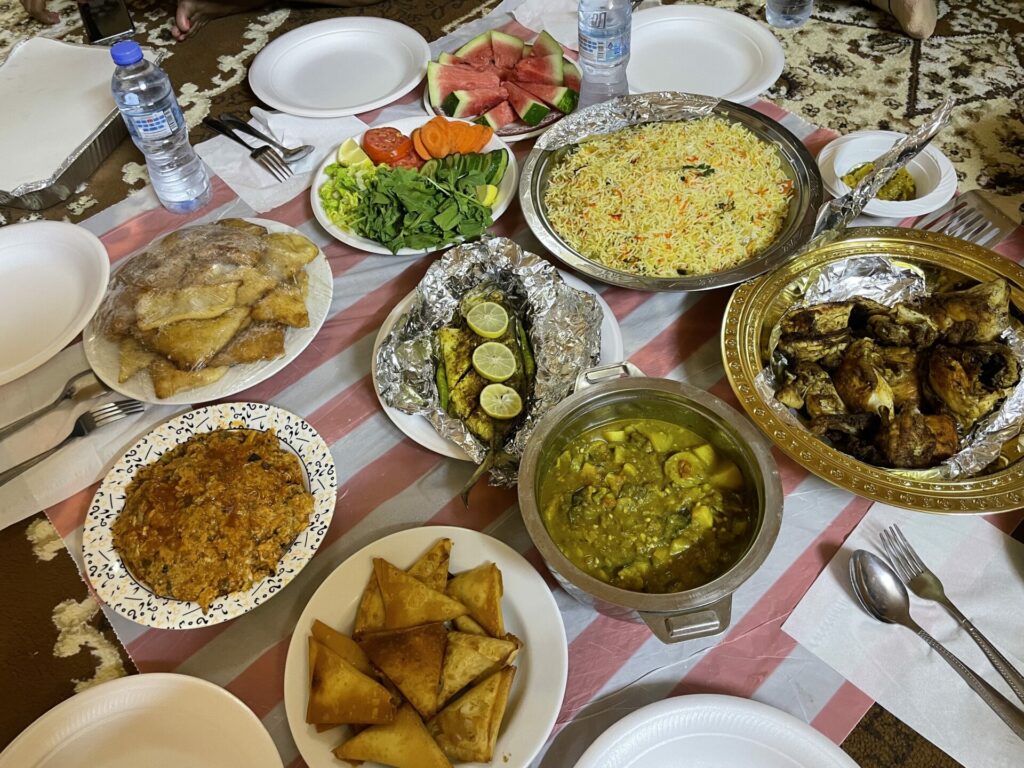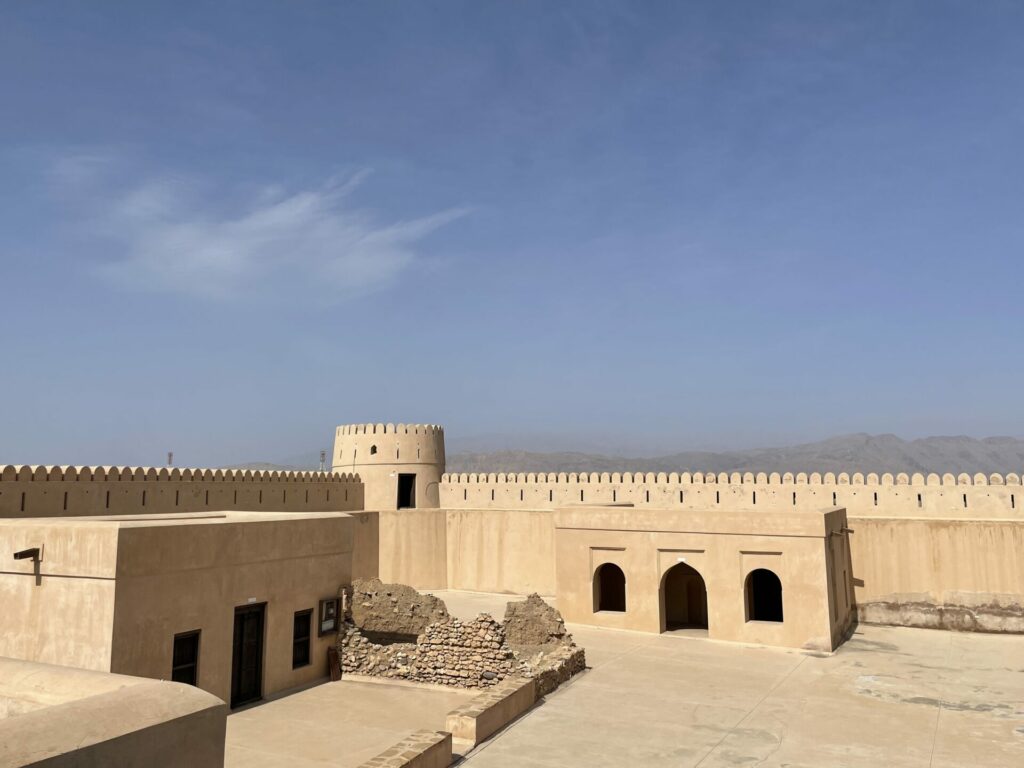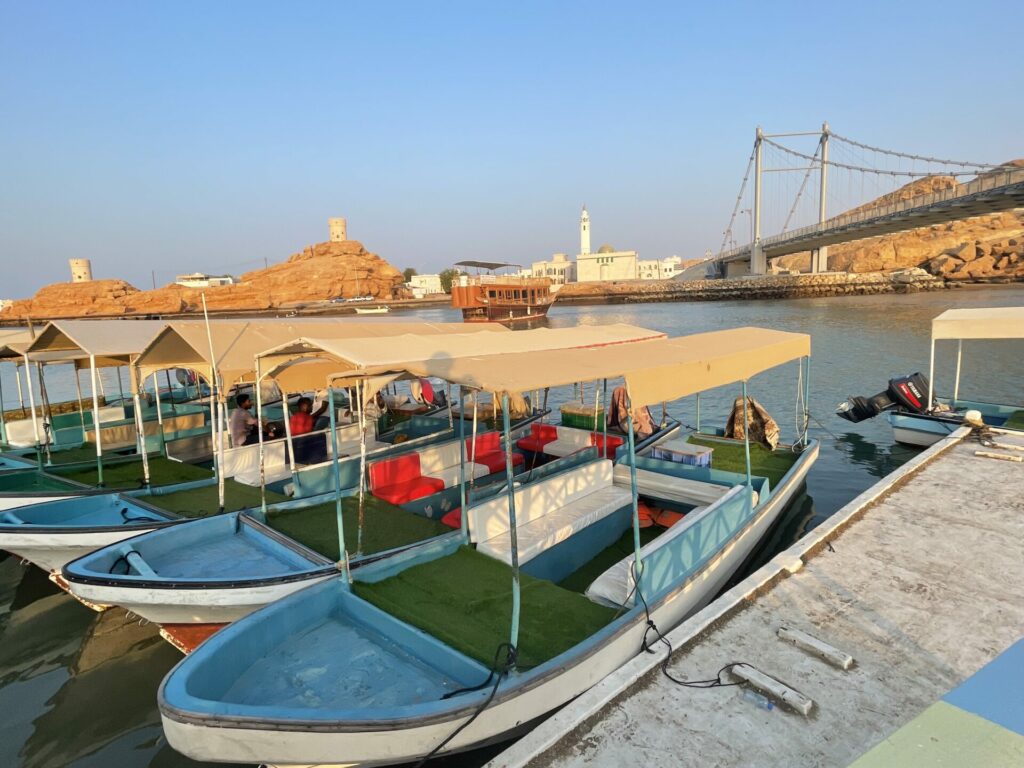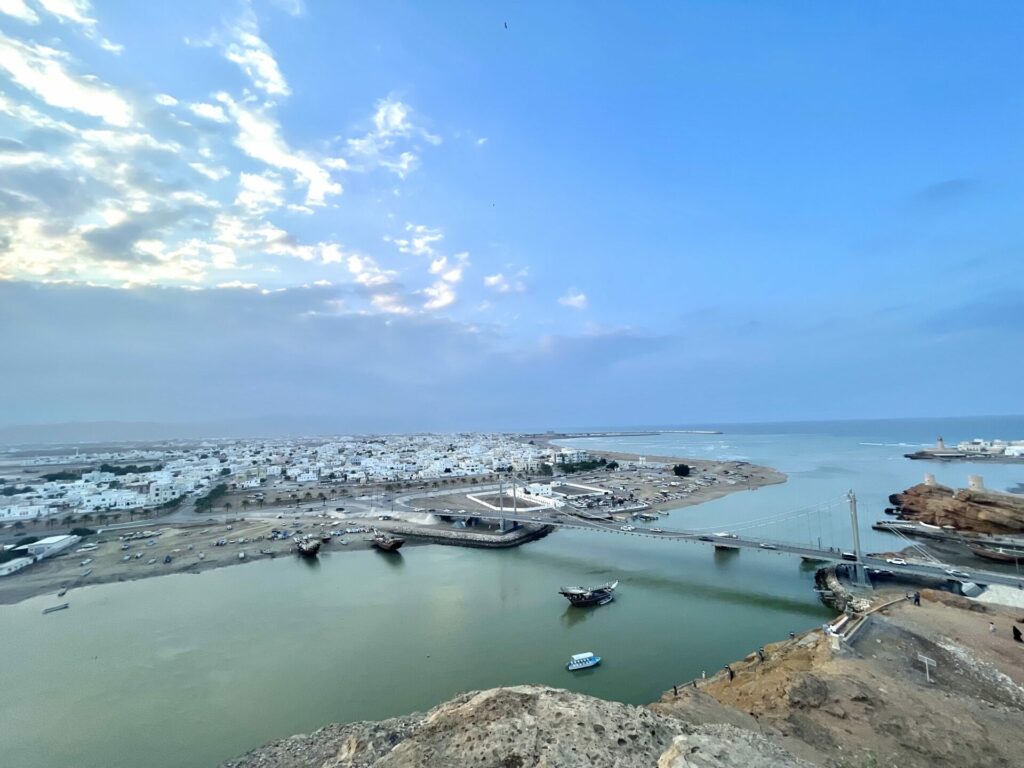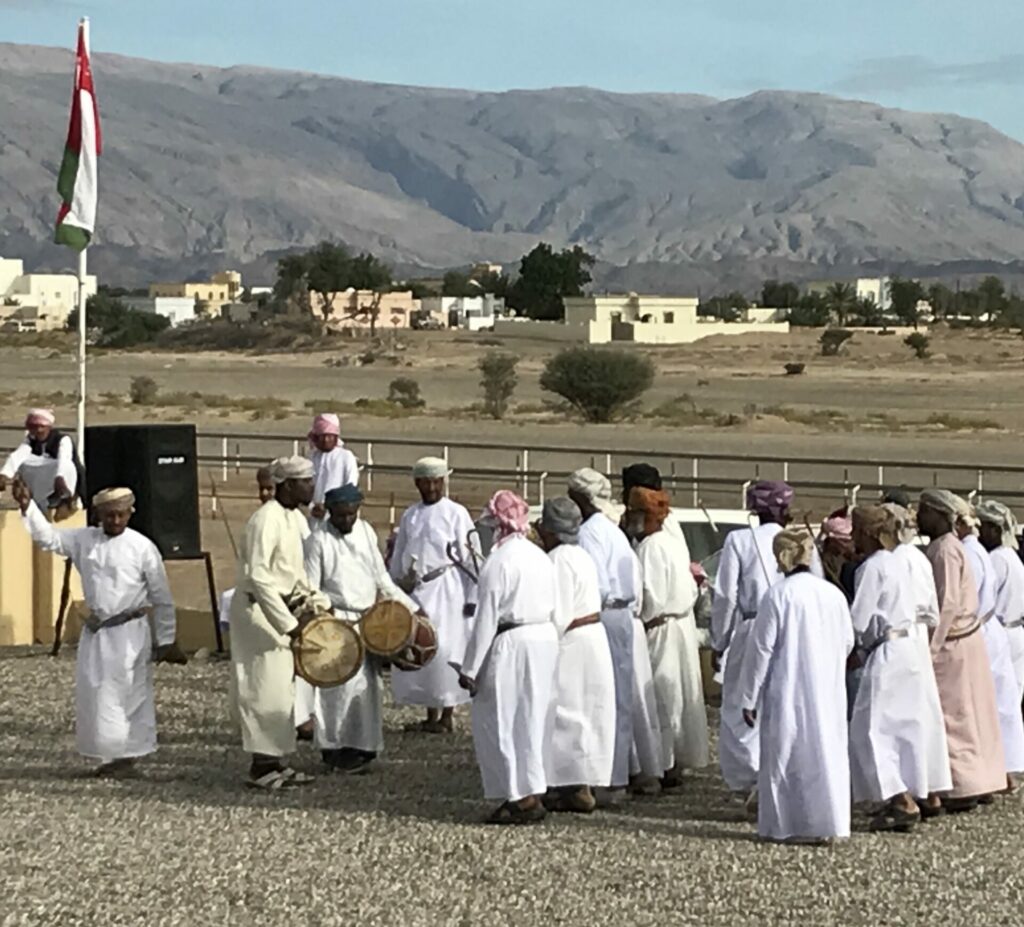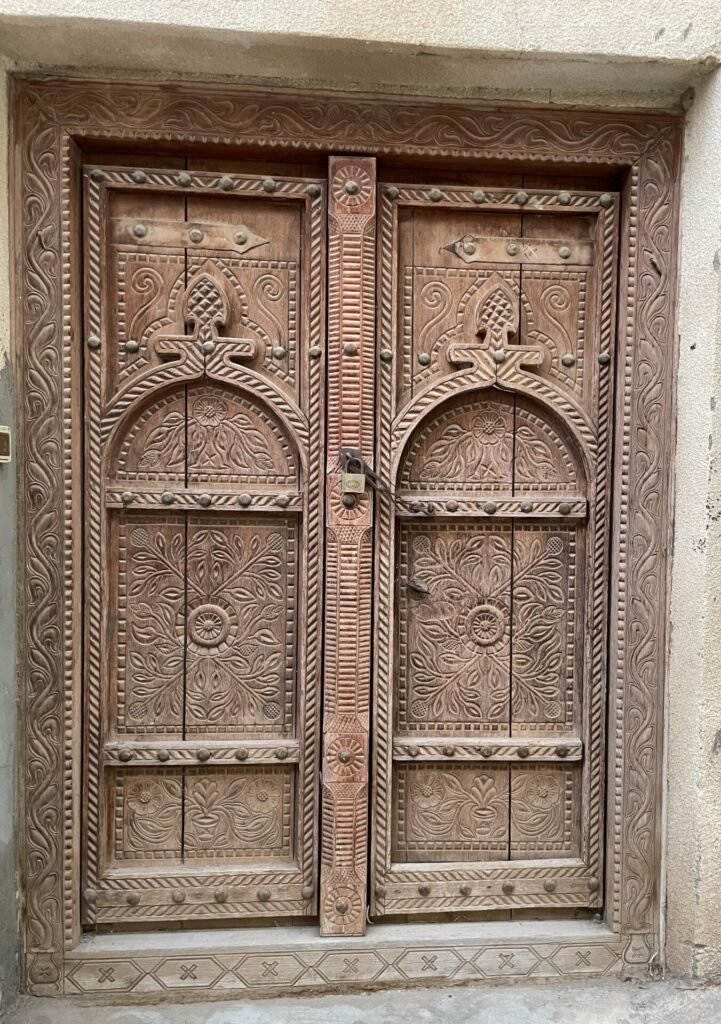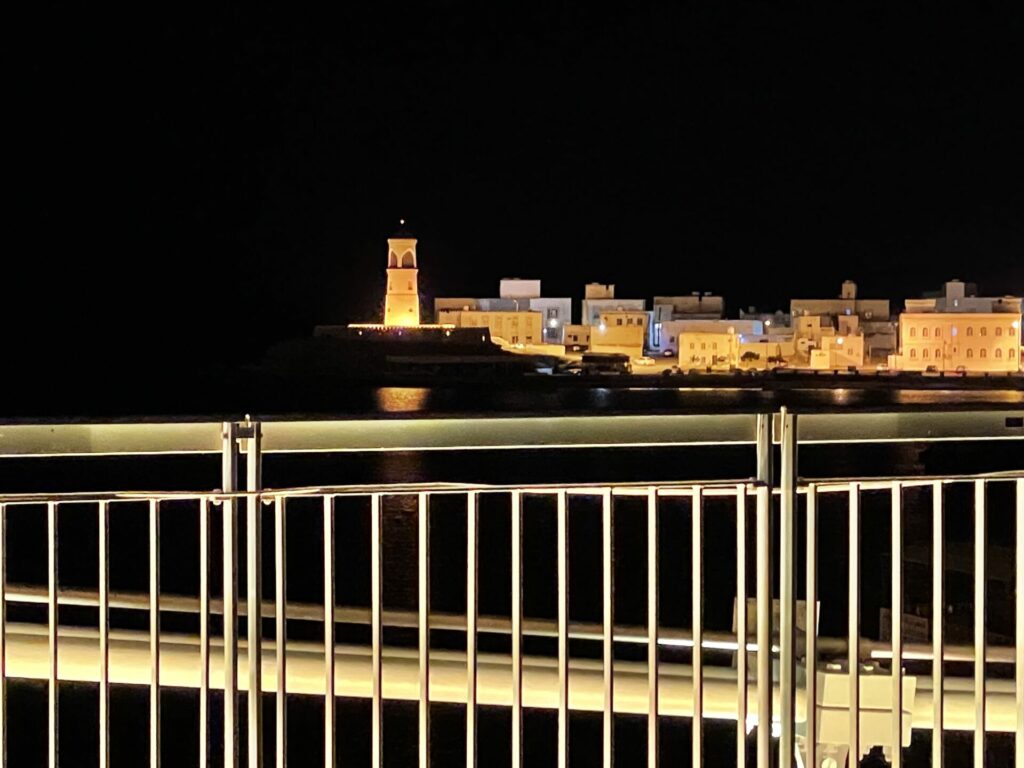We were keen to hear your tales about seasonal traditions, inspiring us to ask our community, ‘How do you celebrate?’ — and so the very first Resonate writing competition was born. We wanted to hear how your holiday gatherings might involve special music, or feature foods enjoyed only once a year. Perhaps you would tell us about spending time with family and friends, or taking part in community-wide holiday festivities.
Here, we present a shortlist of stories that our readers shared, whether of fond childhood memories, events that are upcoming on the horizon, or rituals that take a closer look at life’s meaning or mark the turning of its cycle. Well done to all the shortlisted writers, and our sincere appreciation to everyone who participated in this inaugural competition.
We kick things off with a reminiscence from our editor, Emily. Though she isn’t part of the competition, she couldn’t resist the chance to talk about what going home for the holidays means for her…
Feeling the City’s Pulse / Emily, Editor at Resonate (USA)
Since childhood, I’ve loved walking through the holiday bustle that is December in New York. The streets are full of people bundled against the frosty weather in colourful woollens. Festive lights glow everywhere, winking on at dusk atop skyscrapers and festooning the giant spruce at Rockefeller Center in their thousands. As I approach the huge twinkling tree from Fifth Avenue, skaters glide under a golden Prometheus, the charred smell of roasted chestnuts from a vendor’s cart sparks a memory, and for a moment I’m a six-year-old in the city again.
Contemplating One’s Existence / Sandhya Maharjan (Nepal)
Mha Puha is celebrated by the people of Newar community in Nepal. We celebrate Mha Puja within the Tihar festival after Laxmi Puja and before Bhaitika. The main theme of this festival is to understand one’s existence and pray for better health by worshipping different body parts in turn, from toe to head. Each family member sits together with their own mandala, made up of special grains.
Watching a Radiant Tapestry / Tahny Lou Vonan (Côte d’Ivoire)
In my local holiday tradition, we gather annually on Abidjan’s illuminated bridge, transcending the conventional New Year countdown. Amidst the vibrant spectacle of fireworks painting the starlit sky, family and friends unite, exchanging smiles and wishes. Street vendors offer bandji, a refreshing local drink, symbolising shared aspirations. The city transforms into a radiant tapestry, reminding us that, despite diverse paths, we are all interconnected stars.
Celebrating the Longest Night / Khalid Ismail (Pakistan)
Jashn-e-Mayfang is a festival celebrated on the night of December 21 — the longest night. As darkness spreads, people gather in an open area and light a huge fire with rapila and shukpa (wood). People perform the fire dance and sword dance while playing local music. Some throw fireballs from the mountaintop; people ascend to their rooftops to witness this celestial descent. Women prepare a special dish called aloo zaan na mar.
Marking a Move into Adulthood / Susmita Aryal (Nepal)
Bratabandha is a traditional ceremony among Hindu followers; it’s a day when a boy will make the transition into manhood, performed in the presence of six Brahmin priests who are reading out the mantras. Done once in a lifetime, the boy has to secretly chant to his Guru. His hair will be shaved, with a tiny tail left remaining on the back of his head. He is given a thread, called a ‘Janai’ tie, around his left shoulder, to last for the rest of his life. He now has to follow the ‘men’s’ duties.
Welcoming Joy and Prosperity / Ana-Maria Alb (Romania)
The region of Bukovina, in the Romanian Carpathians, preserves many ancient peasant traditions. New Year’s Eve is filled with the pagan sounds of drums, whips, and bells from groups of masked carollers who use noise to drive away evil spirits and wish prosperity to everyone. Children and adults in costume sing and dance, presenting folk theatre scenes: the goat, the bears, the horses, and the plough. At midnight, the crowd gathers outside to celebrate the New Year in a noisy and joyful atmosphere.
Experiencing a Village Christmas / Temitayo Olofinlua (Nigeria)
Every year, we left the city and visited my parents’ homeland. There, we experienced a ‘village Christmas’! It was always exciting to meet my grandparents, and not only for the joy they expressed in seeing us. I always looked forward to my grandmother calling me by my native names, performing my oriki, and giving me precious gifts — small shiny bowls, beautiful wrappers and prayers in my local language. My grandparents are all long dead now but this Christmas tradition lives on with me.


